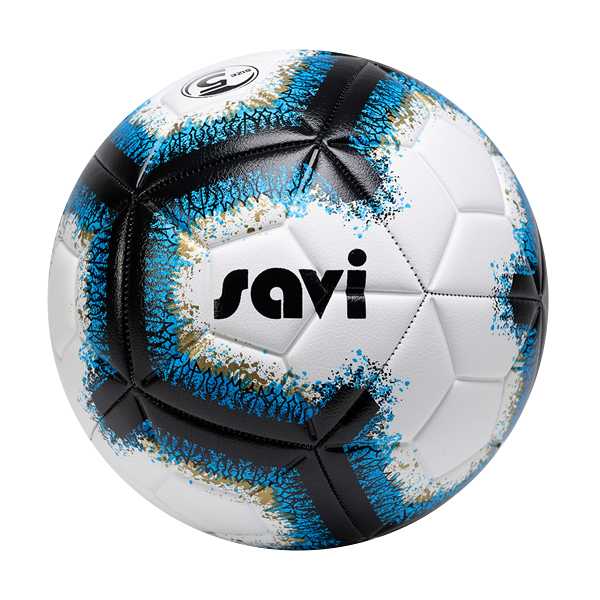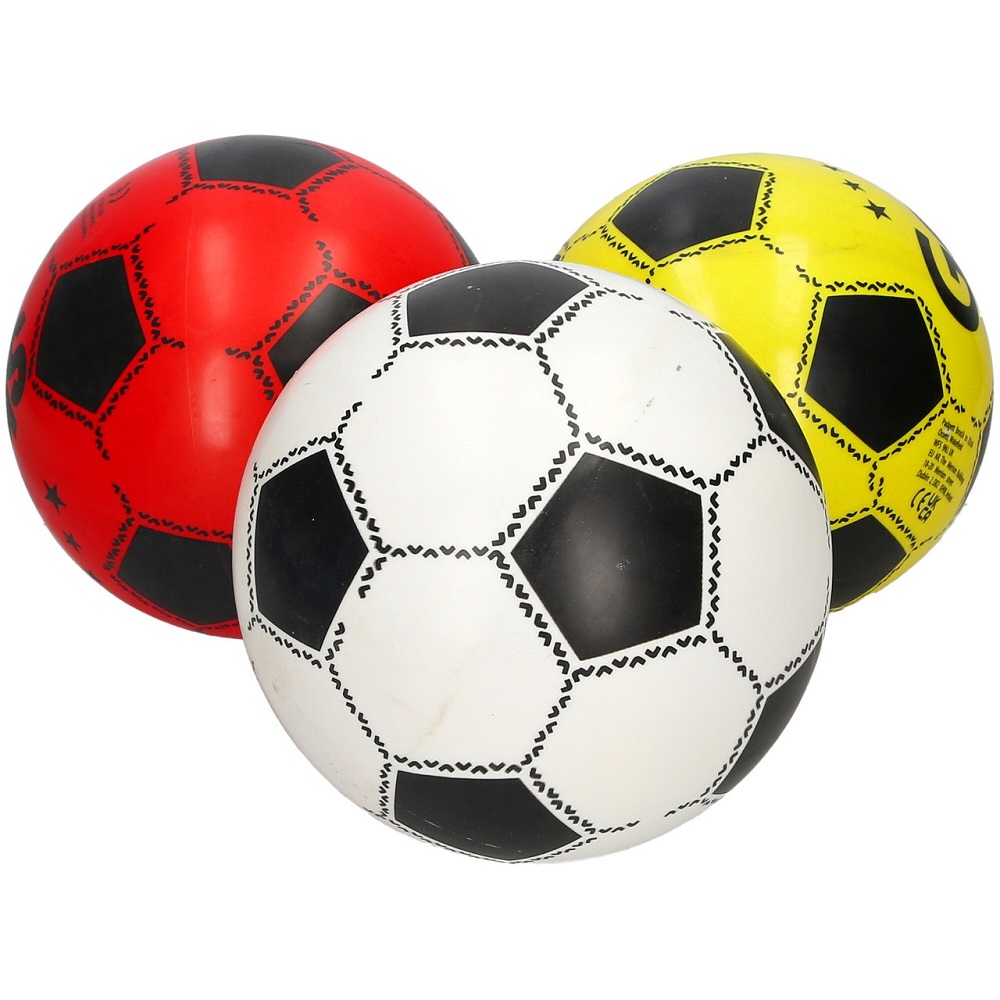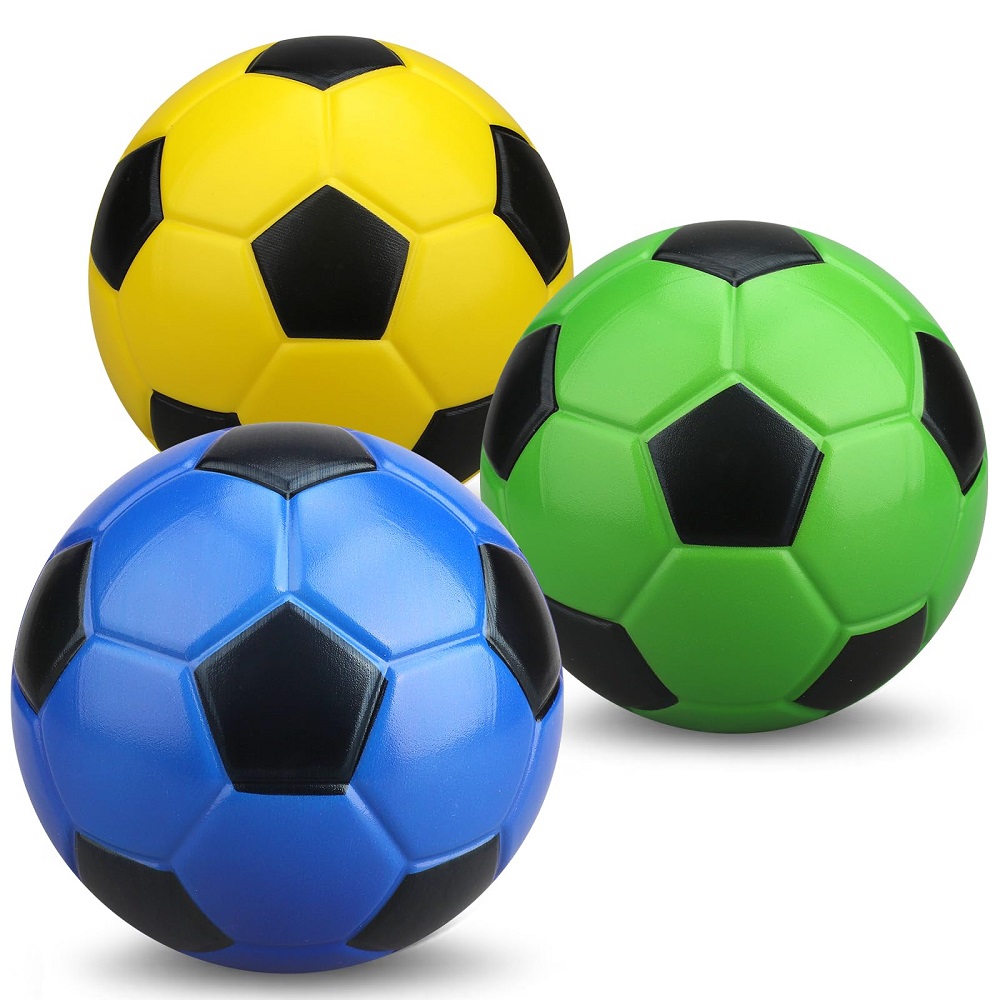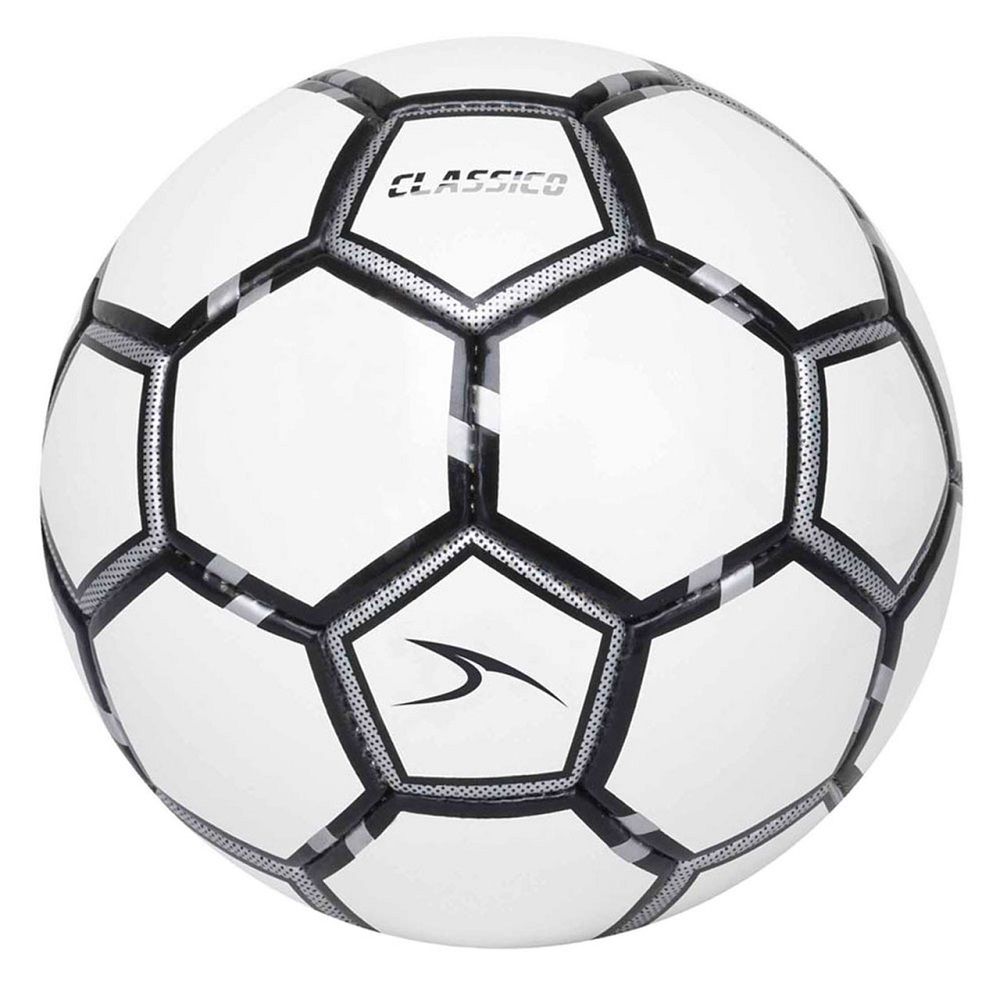Introduction: The Passion for Soccer
A Universal Game
Soccer, known as football in many parts of the world, is a sport that captivates millions. It requires a combination of skill, teamwork, and strategy. Whether played in professional leagues or local parks, soccer skills brings people together. It is a game filled with excitement and passion. As players take to the field, mastering essential skills is crucial to enjoying the game and achieving success.
The Importance of Skill Development
For both beginners and experienced players, developing skills is foundational. Mastering techniques enhances individual performance and contributes to team dynamics. Skills like dribbling, passing, and shooting are all core components of the game. With the right training and practice, players can significantly improve their abilities and confidence on the field.
A Commitment to Learning
Soccer skills can always be improved, regardless of age or experience level. Committing to learning and practicing techniques can yield noticeable improvements over time. This article will focus on essential skills that every soccer player should master, providing insights into drills and practices to develop each technique effectively.

1. Dribbling: The Art of Ball Control
Understanding Dribbling Basics
Dribbling is one of the most fundamental skills in soccer. It involves using various parts of the foot to control and maneuver the ball while moving. A good dribbler can evade defenders and create opportunities for themselves and their teammates. The ability to dribble effectively builds confidence and enhances gameplay.
Techniques for Effective Dribbling
Several techniques can improve your dribbling skills. The most common methods include using the inside, outside, and sole of your foot. Practicing these techniques in different scenarios prepares you for real game situations. Additionally, maintaining low body posture while dribbling enhances balance and agility.
Dribbling Drills to Improve Control
To develop your dribbling ability, incorporate specific drills into your training routine. One effective drill is the cone dribbling exercise. Set up cones in a straight line and practice weaving in and out while keeping the ball close. This drill enhances control, speed, and precision, enabling you to navigate through opponents effortlessly.
2. Passing: Communicating Through the Ball
The Importance of Passing
Passing is a vital skill in soccer skills that facilitates teamwork and ball movement. Accurate passing allows players to maintain possession and create scoring opportunities. It builds trust among teammates, as they rely on each other to move the ball efficiently. Mastering passing techniques is crucial for any aspiring soccer player.
Types of Passes
There are various types of passes, each suited to different game situations. The most common types include the short pass, long pass, and through ball. Short passes are used for maintaining possession, while long passes help cover greater distances quickly. Through balls can create clear chances by slipping behind defenses.
Practicing Passing Drills
Integrating passing drills into your training can help refine your skills. One effective drill is the “two-touch pass” exercise. Pair up with a teammate and use one touch to control the ball and the second touch to pass. This drill promotes quick decision-making and enhances accuracy. Practicing with multiple teammates can simulate real-game situations.

3. Shooting: Finishing with Precision
Mastering the Art of Shooting
Shooting is the most exciting aspect of soccer skills. Scoring goals is the ultimate objective in any match, and mastering various shooting techniques can give players an edge. With good shooting skills, players can convert chances into goals and contribute significantly to their team’s success.
Types of Shots
Understanding different types of shots is essential. Common shot types include the instep drive, volley, and chip shot. The instep drive is ideal for powerful shots, while volleys can be used to strike the ball when it’s in the air. Chip shots are effective for lifting the ball over the goalkeeper.
Shooting Drills for Improvement
To enhance shooting abilities, practice specific drills focused on technique. One useful drill is the “shooting on the move” exercise. Position a ball in front of a target, like a goal or a net, and practice shooting while running toward it. This drill improves accuracy and helps players adjust their bodies for optimal shooting positions during games.
4. Receiving: Controlling the Ball
The Role of Receiving Skills
Receiving the ball effectively is just as important as passing and shooting. Good receiving skills enable players to control the ball and make quick decisions. Mastering this technique can help you maintain possession and transition smoothly into the next play.
Proper Receivers’ Techniques
To improve your receiving skills, focus on the surface of the foot you use. The inside of the foot is ideal for precise control, while the sole can help stop the ball suddenly. Engaging your body to cushion the impact is critical. Ensuring a soft touch when receiving will keep the ball close to you.
Drills for Developing Receiving Skills
Incorporate drills designed to foster receiving skills. The “pass and receive” drill involves a partner passing the ball while you work on receiving it cleanly. Use different surfaces of your foot and practice varying distances to challenge yourself. The goal is to maintain control and prepare for subsequent actions, whether passing or dribbling.

5. Defensive Skills: The Art of Tackling
The Importance of Defense
While scoring is important, solid defensive skills are essential for a well-rounded player. Tackling is a critical skill that enables players to regain possession from opponents. Mastering tackling techniques can prevent goals and provide valuable transition opportunities for your team.
Types of Tackling Techniques
Different tackling techniques include the block tackle and the slide tackle. The block tackle is a safe form of tackling that involves positioning yourself in front of the attacker to intercept the ball. A slide tackle, while effective, carries more risk and should be used in specific situations.
Practicing Defensive Drills
Implementing tackling drills into practice can improve your defensive skills. Set up a scenario where you must mark and tackle an attacking player. This drill enhances your ability to anticipate movements and make quick decisions. Practicing alongside teammates can simulate real match conditions and improve teamwork.
6. Positioning and Spatial Awareness
Understanding Player Positioning
Spatial awareness is a vital skill for any soccer player. Knowing where to be on the field improves your effectiveness in both attack and defense. Good positioning can make the difference between a successful play and conceding a goal. It allows players to anticipate the game flow and make quicker decisions.
Developing Spatial Awareness
To improve your spatial awareness, practice drills that require movement without the ball. Work on understanding your teammates’ positioning and how it affects your movements. Studying match footage can also help you see how professional players position themselves in various scenarios.
Incorporating Positioning Drills
Incorporate small-sided games that emphasize positioning. For instance, play a 3v3 or 5v5 game in a confined space. This setup will force players to think critically about positioning, movement, and how to create opportunities. Learning to read the game will enhance your ability to contribute effectively.

7. Teamwork: The Heart of Soccer
The Role of Teamwork in Soccer
Soccer is fundamentally a team sport, and effective communication is vital for success. Understanding how to cooperate with teammates enhances overall performance. Good teamwork enables players to execute complex strategies and maintain possession.
Building Team Chemistry
Building chemistry with your teammates requires practice and effective communication. Participating in drills and activities outside of formal training can strengthen bonds and enhance collaboration. Knowing the strengths and weaknesses of your teammates allows for better teamwork during matches.
Practicing Together
Regular practice sessions should focus on teamwork exercises. Small-sided games or passing drills that necessitate collaboration will enhance communication skills. Establishing an open atmosphere where players feel comfortable sharing ideas fosters a culture of teamwork that benefits everyone.
8. Physical Fitness: Conditioning for Soccer
The Importance of Fitness
Physical fitness plays a vital role in soccer performance. Players must possess agility, speed, and stamina to excel on the field. Conditioning is, therefore, an essential aspect of any training regimen. A well-rounded fitness program will improve overall gameplay and reduce the risk of injuries.
Incorporating Conditioning Exercises
To enhance your fitness level, incorporate a variety of exercises into your routine. Activities such as running, interval training, and circuit workouts can help develop endurance. Additionally, plyometrics can improve agility and explosiveness, allowing players to react quickly during matches.
Setting Personal Goals
Setting achievable fitness goals helps track progress and keeps motivation high. Consider focusing on specific aspects of fitness, such as increasing sprint times or improving overall endurance. Regularly reassessing and progressing in your physical fitness is crucial for long-term improvement.

9. Mental Resilience: The Psychological Aspect of Soccer
Understanding Mental Resilience
Mental resilience is an often-overlooked aspect of soccer performance. The ability to stay focused and composed during challenging situations can set great players apart. Developing mental toughness enables players to handle pressure and recover quickly from setbacks, such as missing a goal or suffering a loss.
Techniques for Building Resilience
Training the mind is just as important as physical training. Visualization techniques—envisioning successful plays or outcomes—can help boost confidence. Practicing mindfulness and relaxation strategies can also enhance focus during games. Building mental resilience ensures that players remain calm under pressure.
Creating a Supportive Environment
Coaches and teammates play a vital role in fostering mental resilience. Encouragement and support can help individuals overcome self-doubt and perform at their best. Establishing an open team culture where players can discuss their challenges contributes to building mental strength collectively.
10. Learning from Mistakes
Embracing the Learning Process
Mistakes are a natural part of any learning process, including soccer. Understanding that failures and setbacks are opportunities for growth is essential for players. Embracing mistakes with a positive mindset builds resilience and encourages continuous improvement.
Reflecting on Performance
After games and practices, take time to reflect on your performance. Consider what went well and identify areas for improvement. This reflection can help you develop a clearer understanding of your strengths and weaknesses.
Setting Goals for Improvement
Using your reflections, set specific goals to address areas where improvement is needed. Focus on one or two skills at a time to avoid feeling overwhelmed. Consistently working toward these goals encourages ongoing development, ultimately enhancing your overall performance.
11. Resources for Continued Learning
Utilizing Online Platforms
In the digital age, numerous resources are available for soccer skills education. From online coaching videos to training blogs, players can access a wealth of information to continue their learning journey. Online platforms can provide valuable insights into improving skills and tactics.
Joining Soccer Forums and Communities
Participating in soccer forums and communities can foster connection with fellow enthusiasts. These spaces allow players to share experiences, techniques, and valuable resources. Engaging with peers provides motivation and inspiration while encouraging personal growth.
Attending Workshops and Camps
Consider attending soccer workshops or camps to develop skills further. These events often feature experienced coaches who can provide guidance and feedback. Engaging in concentrated learning environments can enhance your abilities rapidly, giving you new perspectives on the game.
12. Conclusion: Mastering the Essentials of Soccer Skills
The Journey of Improvement
Mastering soccer skills is an ongoing journey. Each player must commit to continuous learning and practice. The skills discussed in this article form the foundation for your growth as a soccer player. Remember, every expert was once a beginner.
Staying Committed to Practice
Effective practice leads to tangible improvement in performance. Regularly focusing on key techniques—like dribbling, passing, and shooting—will boost confidence and competence on the field. Make it a habit to dedicate time every week to refine your skills.
Embracing the Love of the Game
Above all, remember to enjoy the game. Soccer is meant to be fun and enjoyable. Embrace the challenges and celebrate achievements, no matter how small. By nurturing your passion for soccer skills, you will stay motivated to improve and make the most of your time on the field. Embrace your journey in soccer with enthusiasm, and let your skills shine as you play the beautiful game.
